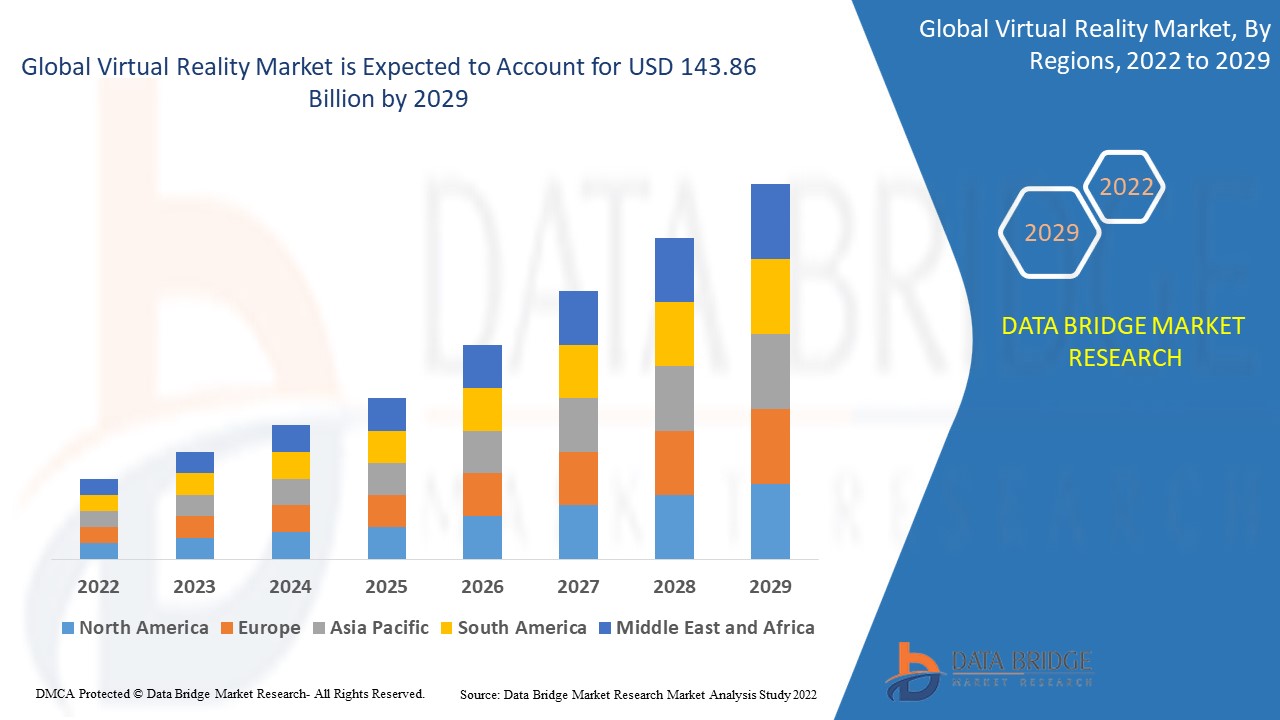Introduction
Virtual Reality (VR) has come a long way from its early days of pixelated graphics and cumbersome hardware. Today, VR is revolutionizing various industries, from gaming to healthcare, education, and beyond. As technology continues to advance, the future of VR promises even more exciting innovations and trends. Here’s a look at what’s on the horizon for VR and what trends to watch for in the coming years.
Definition
The term ”virtual reality” describes a method of creating a simulated environment with computers. Virtual reality offers the spectator an entirely realistic three-dimensional experience by simulating a range of senses, including vision, touch, hearing, and even smell. Virtual reality provides lifelike sound and visuals to improve the experience.
Advanced Hardware and Immersive Experiences
- Next-Generation Headsets: VR headsets are becoming lighter, more comfortable, and more powerful. Upcoming models are expected to feature higher resolutions, wider fields of view, and improved tracking systems. Companies like Oculus, HTC, and Sony are leading the charge in developing these advanced headsets.
- Haptic Feedback: Innovations in haptic technology are set to enhance the tactile experience of VR. Gloves and suits with haptic feedback will allow users to feel textures, vibrations, and even temperature changes, making virtual environments feel more real.
- Wireless and Standalone Devices: The trend towards wireless and standalone VR devices is gaining momentum. These devices offer greater freedom of movement and accessibility, eliminating the need for external sensors and powerful PCs. The Oculus Quest series is a prime example of this trend.
- Eye-Tracking Technology: Eye-tracking is becoming a standard feature in VR headsets, providing more immersive and responsive experiences. This technology allows for foveated rendering, which improves performance by rendering only what the user is directly looking at in high detail.
Software and Content Development
- Realistic Virtual Worlds: Advances in graphics and computing power are enabling the creation of highly realistic virtual environments. Detailed textures, realistic lighting, and complex physics will make virtual worlds indistinguishable from the real one.
- User-Generated Content: Platforms like VRChat and Rec Room are paving the way for user-generated content in VR. These platforms allow users to create and share their own virtual spaces, games, and experiences, fostering a vibrant and creative community.
- Social VR: Virtual reality is becoming a new frontier for social interaction. Social VR platforms enable users to meet, interact, and collaborate in virtual spaces, breaking down geographical barriers. Facebook’s Horizon Worlds is a notable example, offering a social VR experience where users can build and explore together.
- Cross-Platform Compatibility: Developers are focusing on creating VR content that works seamlessly across different devices and platforms. This trend ensures that users can enjoy VR experiences regardless of the hardware they own, fostering a more inclusive VR ecosystem.
Industry Applications
- Healthcare: VR is transforming healthcare by providing innovative solutions for training, therapy, and patient care. Medical professionals can use VR for surgical simulations, enhancing their skills without risk. VR therapy is also being used to treat conditions like PTSD, anxiety, and phobias by providing controlled and immersive environments for exposure therapy.
- Education and Training: VR is revolutionizing education by offering immersive learning experiences. Virtual science activities, historical site exploration, and field visits are all available to students. In professional training, VR simulations provide a safe and effective way to practice skills in fields like aviation, military, and emergency response.
- Real Estate: VR is changing the real estate industry by allowing potential buyers to take virtual tours of properties from anywhere in the world. This technology saves time and resources for both buyers and realtors, making the home-buying process more efficient.
- Retail: Retailers are leveraging VR to enhance the shopping experience. Customers can browse and buy products in an immersive atmosphere by using virtual storefronts. Some brands are also using VR to showcase products in a way that is not possible in a physical store, such as viewing furniture in a virtual living room.
Future Trends and Innovations
- Augmented Reality (AR) and Mixed Reality (MR) Integration: The lines between VR, AR, and MR are blurring, leading to the development of mixed reality experiences that combine elements of all three. This integration will create more versatile and immersive applications, from entertainment to productivity.
- Artificial Intelligence (AI): AI is set to play a significant role in the future of VR. AI can enhance virtual environments by creating more realistic and interactive NPCs (non-player characters), improving procedural generation of content, and personalizing experiences based on user behavior.
- 5G and Cloud Computing: The rollout of 5G networks and advancements in cloud computing will greatly benefit VR. Faster and more reliable internet connections will enable high-quality streaming of VR content, reducing the need for powerful local hardware. Cloud computing will allow for complex computations to be handled remotely, making VR more accessible.
- Ethical and Privacy Considerations: As VR becomes more integrated into our daily lives, ethical and privacy concerns will become increasingly important. Developers and policymakers will need to address issues related to data privacy, virtual harassment, and the psychological impact of immersive experiences.
Growth Rate of Virtual Reality Market
The value of the global virtual reality market was estimated at USD 16.73 billion in 2021 and is projected to grow at a compound annual growth rate (CAGR) of 30.86% to reach USD 143.86 billion by 2029.
To read more click here:
https://www.databridgemarketresearch.com/reports/global-virtual-reality-market
Conclusion
The future of virtual reality is bright and full of potential. As technology continues to evolve, VR will become more immersive, accessible, and integrated into various aspects of our lives. From advanced hardware and realistic virtual worlds to transformative industry applications and emerging trends, there is much to look forward to in the world of VR. Keeping an eye on these innovations and trends will help us understand how VR will shape our future, providing new opportunities and challenges along the way. Whether you are a developer, business owner, or enthusiast, staying informed about the future of VR is essential to harnessing its full potential.

